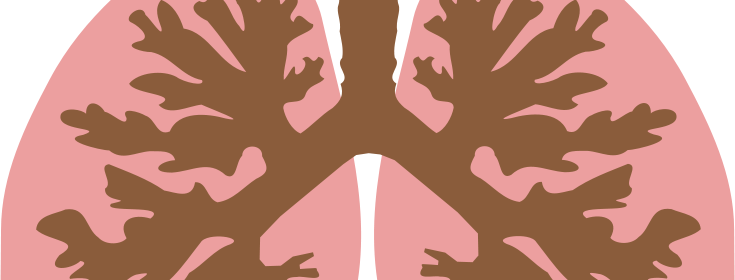Multi Drug-Resistant Tuberculosis (MDR TB) Facts You Should Know

Tuberculosis is an infectious disease caused by the bacterium Mycobacterium tuberculosis. Standard treatment of tuberculosis involves a six month regimen comprising of isoniazid, rifampicin, pyrazinamide and ethambutol. Of these, isoniazid and rifampicin are the most important, and are continued throughout the six month period.
When one or more drugs are ineffective against tubercle bacilli, it is termed as drug-resistant tuberculosis. When the bacilli are resistant to at least two main drugs (isoniazid and rifampicin), it is termed as multi drug-resistant tuberculosis or MDR TB. Multi Drug-Resistant Tuberculosis (MDR TB) Facts You Should Know
1. MDR TB is a growing menace globally and especially in India, which has the largest number of MDR TB cases in the world, with around 100,000 cases per year.
2.The symptoms of MDR TB are the same as those of drug-susceptible tuberculosis i.e. fever, cough, night sweats and weight loss. MDR TB is essentially a microbiological diagnosis, and the clinical presentation may not provide clues as to whether the patient is suffering from drug susceptible tuberculosis or MDR TB.
3.MDR TB is usually acquired (previously treated patients), however, there are increasing cases of primary MDR TB (first-time patients). The main causes of MDR TB are poor patient management, non-adherence to the prescribed regimen, a poor national programme, or a combination of these three. The highest rates of MDR TB are found in previously treated patients.
For example, in Mumbai, the incidence is about 3-5 percent in new patients, but almost 20-25 percent in previously treated patients. Risk factors for drug resistance include previous treatment (especially if lengthy), exposure to other patients with MDR TB, immigration from another country with a high incidence of MDR TB, substance abuse (including alcohol), HIV infection, or being a child.
Article Courtesy: healthmeup.com
Photo Courtesy: imgarcade.com
